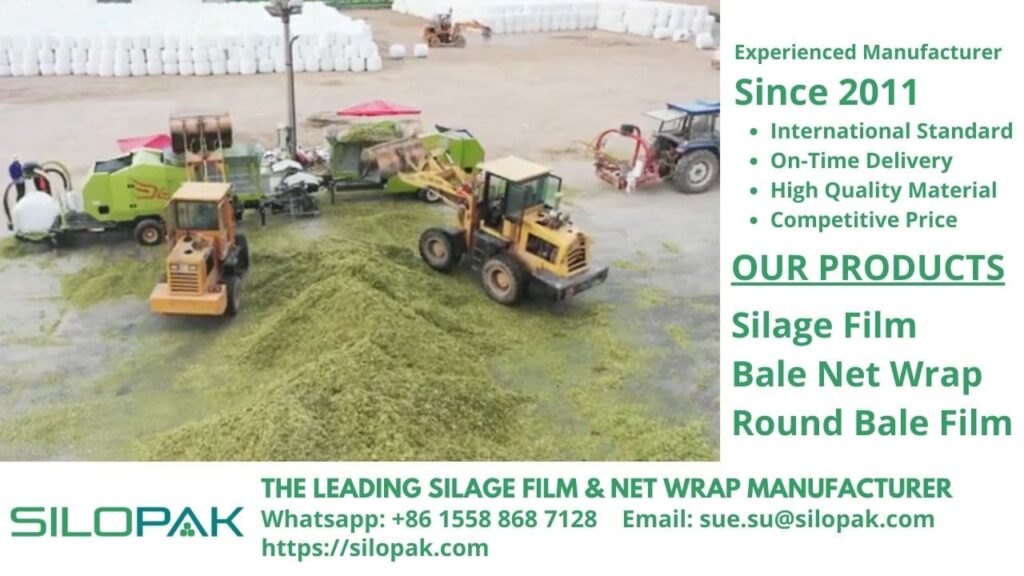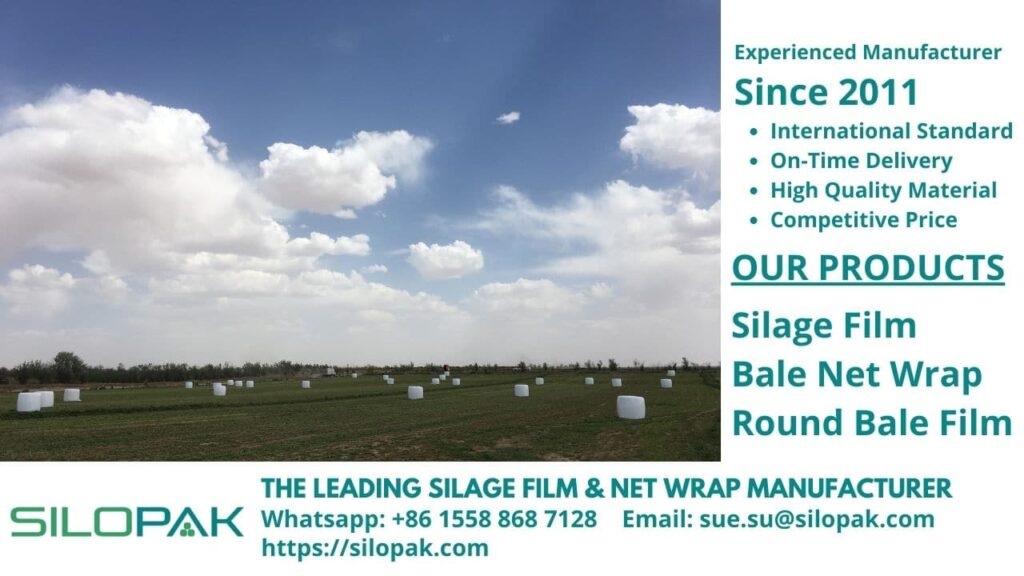
As a branch of agriculture, livestock farming concerns itself with raising animals for the purpose of deriving meat, milk, fiber, and other products from them. The practice of raising animals for human consumption is a tradition of long history, which dates back to the Neolithic era. In this kind of farming, there are many aspects that are involved, including daily care of the animals, selective breeding processes, and raising the animals in general.
contents
Taking a Glimpse into Livestock Farming and What Entails
Modern livestock farming has been greatly revolutionized by pioneers in the field so that the cattle raised in the farm can produce more milk, meat, and wool. Goats, cattle, pigs, and sheep are typical examples of livestock, but in some parts of the world, other kinds of animals such as guinea pigs, rabbits, llama, water buffalo, and horses can also be parts of the constituent. Animal farming is conducted using systems of production that are designed to adapt to the available type of land. For example, in highlands, where the soil is considered poor in quality, the raised animals are allowed to roam freely around the farm so they can forage for themselves. This way, they can still acquire the nutrients that the farmer is not able to provide for them.
Types of Animals in a Livestock Farming Setting
A great number of animals in livestock farming are herbivores. They derive their primary diets from plants or plant parts. However, pigs and chickens are not, as they are considered omnivores. Ruminant animals such as sheep and cattle are used to feed on grass. It is for this reason that they can be allowed to forage outside of the farm. Additional food that is high in protein can also be offered to these animals in the form of pelleted cereals, for example. As for poultry and pigs, they should be constantly fed with food that is high in protein by the owner due to their inability to digest cellulose in plants.
Speaking of the herbivore part of the livestock farming, the raised animals can be divided into several groups based on the kind of food they prefer:
Concentrate selectors
Animals of this group tend to eat young foliage that is rich in nutrients. They also like feeding on fruits and seeds.
Grazers
These animals mainly derive their nutrient needs from grass.
Intermediate feeders
These feeders typically can be fed with any kind of plant materials available around.
Ruminants are those animals that eat their food the normal way (chewing and swallowing) but then regurgitate the partially digested food for a second round of chewing. They do this so as to maximize the nutritional values of the digested food before being absorbed in their intestine. Ruminants usually acquire their dietary needs from grass. And grass can still thrive even after heavy grazing and cutting as they will grow back from the base of the leaf blade. Growing grass for the animals to forage for themselves around a livestock farming environment thus is beneficial for the owner.
However, many climate types pose challenges for the farmer to grow grass for their animals. Areas with temperate summer or where it is tropical rainy season, forcing farmers over there to do something about feeding their animals. The grass may be cut and preserved for easy access for the animals. The methods of preservation may take different forms. Some farmers prefer their cut grass to be stored dry as hay, while some others will ferment the crops as silage. This fermentation process is not only exclusive to treating grass, however. Other forage crops and their residues can also be treated this way. As such, farmers would not have to worry about how to meet the nutritional needs of their livestock even when the season is less friendly.

The Ultimate Livestock Farming Solution
Regardless of which preservation method is chosen for this livestock farming purpose, one thing remains the same: The crops require special attention so as to prevent spoilage. Dried grass may spoil when exposed to the elements, especially in areas with higher humidity levels. Fermented crops, on the other hand, will most definitely spoil when they come in touch with oxygen.
It only makes sense for an owner of a livestock farming facility to get only the best storage units to keep their cut crops fresh, healthy, and safe for consumption. And Silopak definitely knows the best for farmers.

